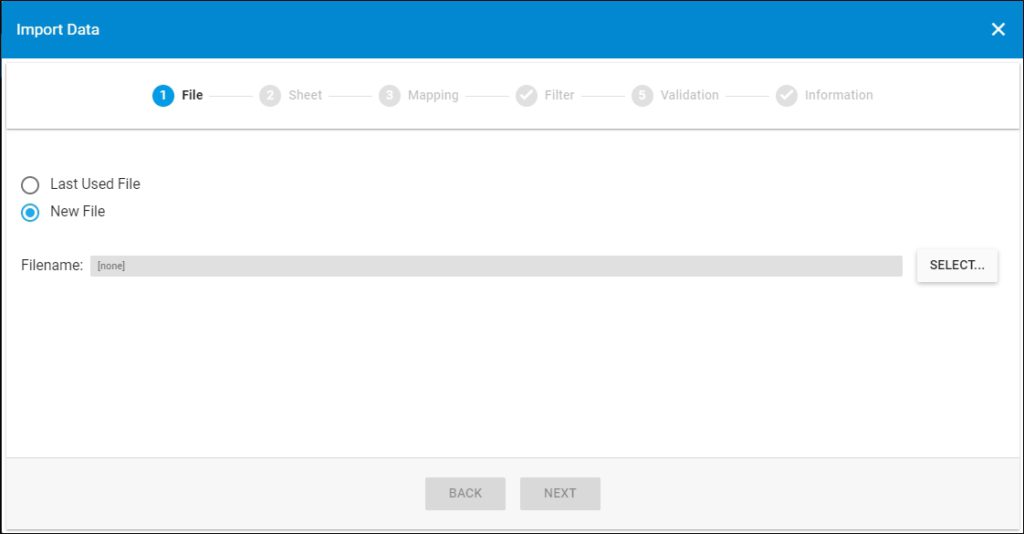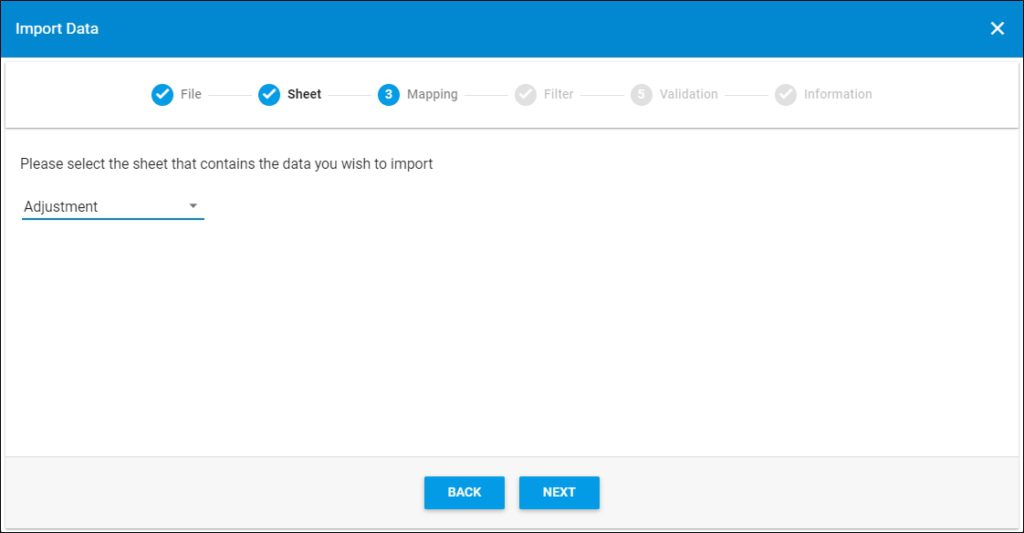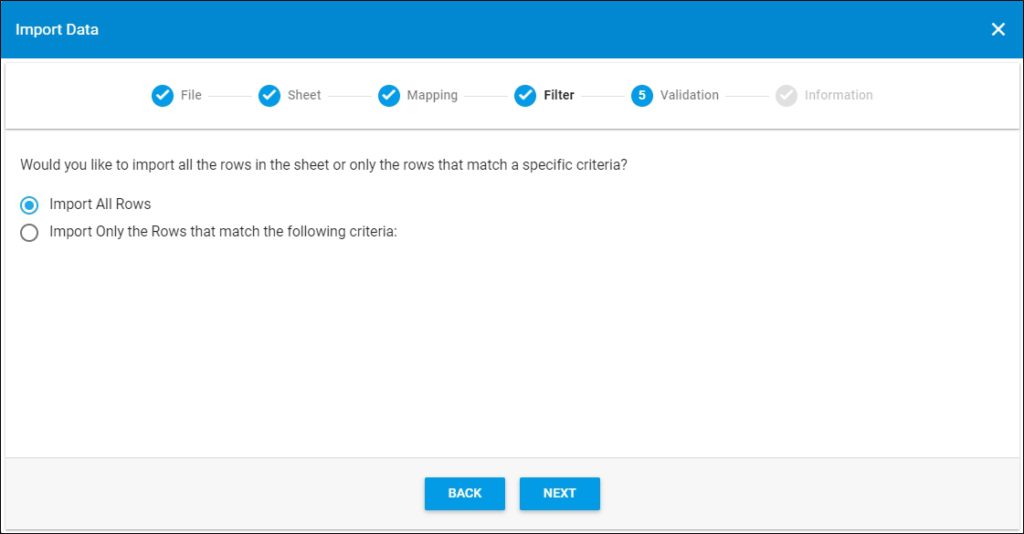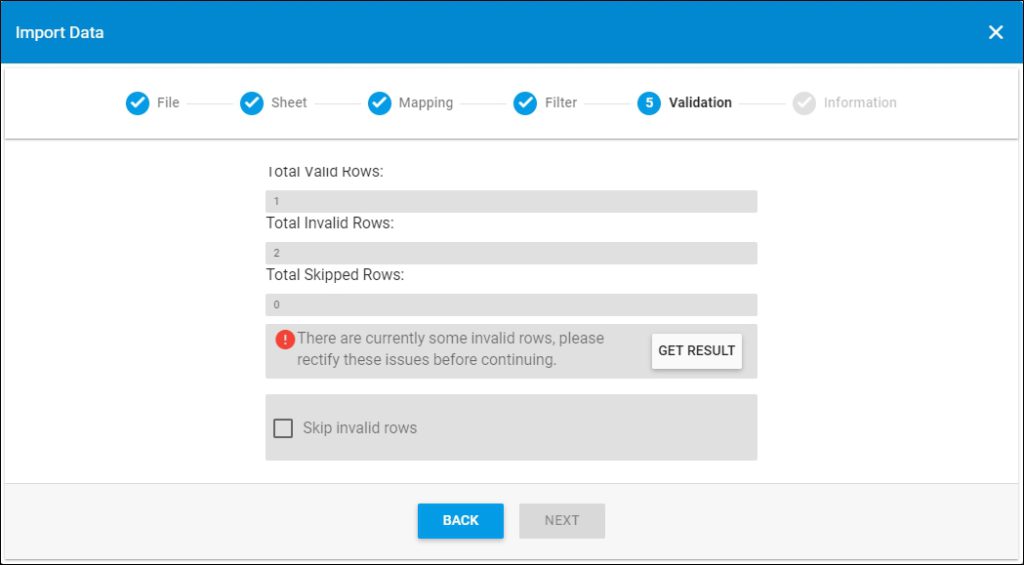Adjust without order reference (bulk)
Through this option, you can update ordered quantities automatically without specifying which orders to be adjusted. Quantities with positive value will be created as a new order.
You can import a file to create new order for the new quantities. The Excel sheet should contain the following columns:
- Adjustment name: name of the adjustment (mandatory). All records should have the same adjustment name.
- Article number: order line article number to be adjusted (mandatory)
- Delivery Date: the current delivery date of the article (mandatory)
- Size: size of the order line (mandatory)
- Quantity: quantity can be a positive value to create a new order, or negative to reduce the quantity of the existing order (mandatory)
- For positive quatities the following columns are mandatory:
- Customer reference: the customer reference to which the new order is created
- Customer code: the customer code for which the order is created
- Location code: the location code for wich the order is created
To import the file, follow these steps:
- Click the Adjust without order reference (bulk) button, the following window appears:

- Click Select to browse for the file you want to import,
- Select the file then click Open, the name of the file you selected appears in its field,
- Click Next, the following window appears:

You can click Back to return to the previous window.
- Select the sheet you want from the dropdown list in case your file contains more than one sheet,
- Click Next, the following window appears:

- Select the column of the sheet that matches each field, then click Next, the following window appears:

- Click the radio button next to the import method, either all rows or rows that match certain criteria, a validation window appears informing you if records are valid or not, if not, you need to fix the sheet then import the file again,
- Click Next, the following window appears:

The validation window shows the status of the import process the total number of valid rows, and the total number of invalid and skipped rows. The above example shows that all the rows are valid.
- Click Next, the following window appears:

- Click Submit, the progress is displayed,
- Wait until the job is finished, then refresh the page, values are imported.
Notes:
- If changes are not reflected on the page, refresh the browser by pressing F5.
- If any of the records are invalid, you can skip them by clicking the checkbox next to Skip invalid rows as shown in the below example:

The Next button is activated, and you can import the valid rows.